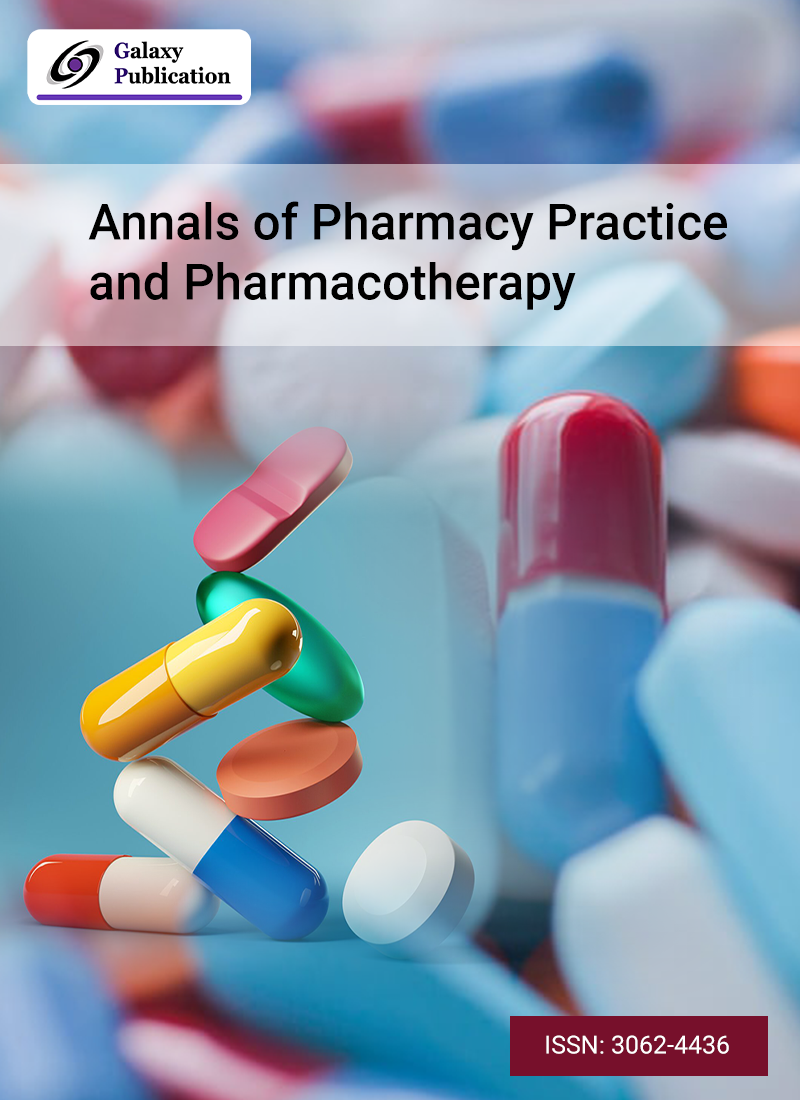
Tooth bleaching is a less intrusive option than procedures linked to aesthetics. However, some are concerned about bleaching’s possible negative consequences, even though it is harmless when used on teeth and surrounding tissues. Based on this statement, the bleaching process must be utilized following a specific diagnostic, considering several elements, such as the kind of discolouration, the state of the teeth caused by food, the amount of reagents used, the patient’s age, the type of reactions to the chemical compounds used, and the application time. This systematic review aimed to compare the effectiveness and adverse effects of 10–16% versus 30–37% carbamide oxide. A comprehensive review of the literature from 2012–2022 was conducted utilizing databases including ScienceDirect, Medline, and PubMed. “Carbamide peroxide,” “bleaching,” “10% carbamide peroxide,” and “30% carbamide peroxide” were the keywords that were utilized. According to some studies, effective concentrations of carbamide peroxide ranged from 10 to 16%. Based on the results of certain studies, using 35% CP bleaching gels did not affect the composite resin’s surface roughness. According to the results, in a single treatment week, concentrations of 10 and 16% are more beneficial than 37%. Without running the danger of any negative consequences, a low concentration is sufficient to generate positive benefits. The color changed for both carbamide peroxide concentration levels. However, high concentrations often caused surface roughness that may facilitate the deposition of S. mutans. A sufficient focus is sufficient to yield positive outcomes without the possibility of negative consequences.